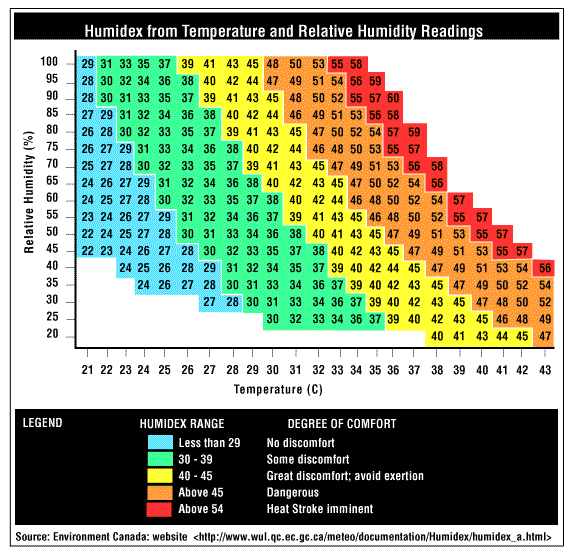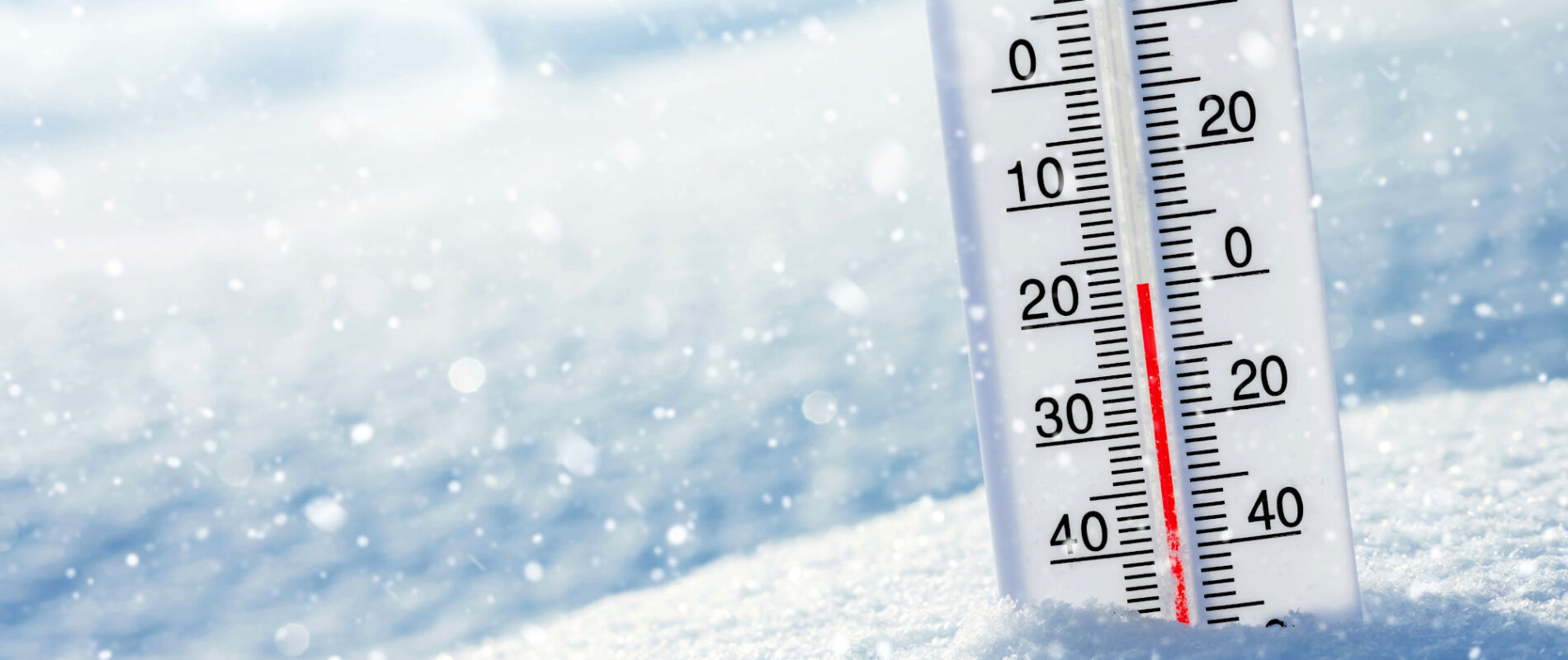If you’re already in Canada on a Working Holiday adventure or if you’re planning to explore the country, you’re probably checking the weather because it can make or break your day—and your trip. You’re in good company, most Canadians are obsessed with the weather forecast for the same reason!
And in Canada, temperature measurement includes a fancy, useful “feels like.” Read on to understand what it is and how you can use it to plan your day accordingly.
Winter “feels-like temperature” with wind chill
The what?
The wind chill, aka your worst enemy in Canada. Don’t worry, you guys will meet sooner or later.
The wind chill metric takes into account the air temperature and the wind speed to estimate the “feels-like” temperature, which is basically what the apparent temperature feels like on exposed skin.
For example, if the air temperature is -10 °C and the wind is blowing at 30 km/h, the “feels-like” temperature is -20 °C. So when you go out, it will feel like a -20 °C temperature with wind (a word of advice, gear up!)
The actual temperature is what the thermometer says whereas the “feels like” temperature the wind into account. The stronger the wind, the lower the temperature feels like.

Summer “feels-like temperature” with the humidex
In winter, the speed of the wind lowers the temperature. In summer, humidity makes the actual temperature feel hotter, occasionally causing a feeling of discomfort.
When it is very hot, the body starts to sweat to regulate its internal temperature and stay at 37 °C. As sweat evaporates, it cools the body. However, when the air is very humid (saturated with water), sweat evaporation (which allows the body to cool down) becomes more difficult.
For example, if the actual temperature is 30 °C and if there’s a lot of humidity in the air, it can feel like 40 °C. There’s a humidex of 40, so it’s as if it was 40 °C in a dry environment.
The humidex measures the level of discomfort expected. A humidex lower than 29 does not cause any discomfort but it’s recommended to avoid exertion when it’s above 40.
The southern regions of Manitoba, Ontario and Quebec often have high humidex values in summer.
What’s the point of knowing the “feels like” temperature?
These “feels-like” temperatures are newish—for instance, the current Canadian wind chill index was only developed in 2001. They aren’t perfect formulas from a scientific point of view and some even consider these metrics flawed or misleading. Yet, they are useful because they help you assess your risks and plan accordingly.
Indeed, if the “feels like” temperature is low, dress warm and cover exposed skin. On the other hand, if the humidex is high, you may want to postpone your 10-kilometre hike.
Keep in mind that different people react differently to “feels like” temperatures. You may be okay with a humidex of 40 but it could cause heatstroke in senior citizens. Your gear (warm jacket, hat, gloves, etc.), fitness level, existing health conditions, etc., also affects the way you deal with very cold or very hot temperatures. When in doubt, stay tuned into your own limits.
Finally, don’t forget to download the (free) Weather Network app, one of the most used weather forecast apps in Canada with hourly, daily and 14-day forecasts!

















 Français
Français English
English




0 comments
{{like.username}}
Loading...
Load more